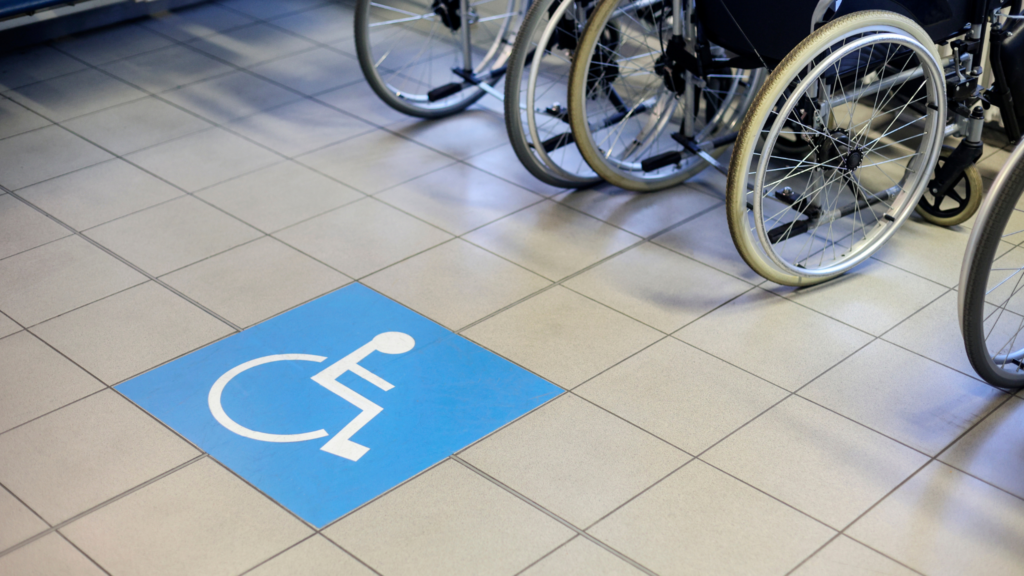Ensuring Mobility for Everyone: The Evolution of Accessible Transportation
Transportation is a crucial element of our daily lives that enables us to connect to the world around us. However, for people with disabilities, the ability to access transportation can be challenging or even impossible without the availability of accessible options. In recent years, there has been a growing emphasis on ensuring mobility for everyone, leading to the evolution of accessible transportation.
Accessible transportation refers to the means of travel that enables people with disabilities to navigate independently, safely, and comfortably. It encompasses various modes of transportation, including public buses, trains, taxis, and even private vehicles. The evolution of accessible transportation has opened up new opportunities and possibilities for individuals with disabilities, allowing them to lead more independent and fulfilling lives.
One of the most significant advancements in accessible transportation has been the introduction and improvement of public transit systems. Public buses and trains have undergone significant transformations to become more inclusive and accessible. Nowadays, these vehicles are equipped with features such as ramps, low floors, and spaces reserved for wheelchair users. Additionally, tactile markings and audio announcements have also been introduced to aid individuals with visual impairments.
Moreover, the adoption of technology has played a significant role in revolutionizing accessible transportation. Mobile apps and online platforms provide real-time information on accessible transportation options available in a particular area. These tools enable individuals to plan their journeys more effectively, ensuring they can access suitable transportation. Furthermore, GPS systems have been integrated into public transit vehicles and taxis, allowing passengers to track their journeys and ensure they are on the right route.
The evolution of accessible transportation has also extended to the realm of private vehicles. Car manufacturers have recognized the importance of inclusivity and have started incorporating accessible features into their designs. For instance, accessible vehicles often come equipped with ramps or lifts, and specialized seating systems to accommodate wheelchair users. These adaptations enable individuals with disabilities to travel comfortably and safely, even in their own vehicles.
Additionally, the expansion of the ride-sharing industry has provided another accessible transportation option for individuals with disabilities. Platforms like Uber and Lyft have introduced specific programs that cater to the needs of passengers with disabilities. They have collaborated with specialized accessible vehicle providers and trained drivers to ensure a seamless experience for all passengers. This has created a new level of independence and flexibility for individuals who previously faced challenges in finding suitable transportation.
However, while significant progress has been made, there is still more work to be done to ensure mobility for everyone. Accessibility should not be an afterthought but rather a fundamental aspect of transportation planning and infrastructure development. Governments, transportation authorities, and professionals must continue to collaborate to identify and address gaps in accessibility. They should work towards the implementation of universal design principles and ensure that accessibility standards are met across all modes of transportation.
Moreover, raising awareness and fostering a culture of inclusivity is crucial. Education campaigns that promote understanding and empathy towards individuals with disabilities can help create a more inclusive society. Communities should be encouraged to recognize the importance of accessible transportation and support initiatives that aim to improve it.
In conclusion, the evolution of accessible transportation is a testament to the progress society has made towards inclusivity and equality for people with disabilities. It has opened up new possibilities and opportunities, enabling individuals to access transportation independently and with dignity. However, there is still more to be done, and ensuring mobility for everyone requires continued efforts, collaboration, and the recognition that accessible transportation is a fundamental right.
![]()






